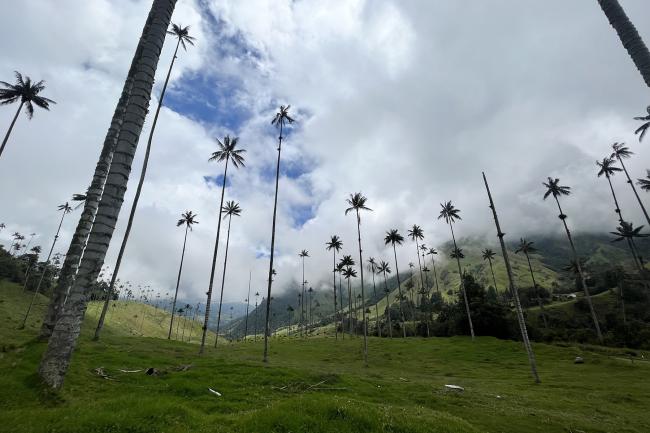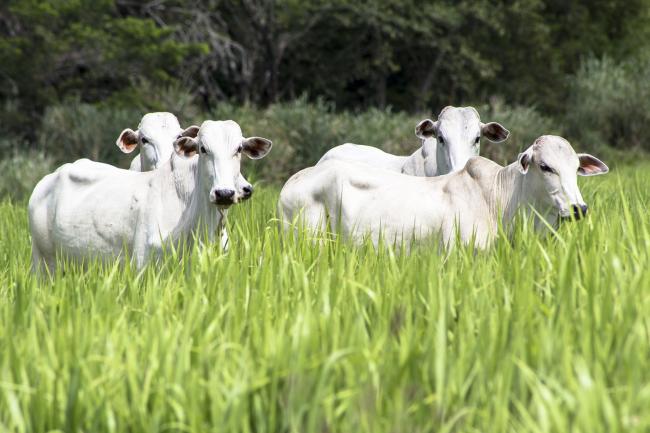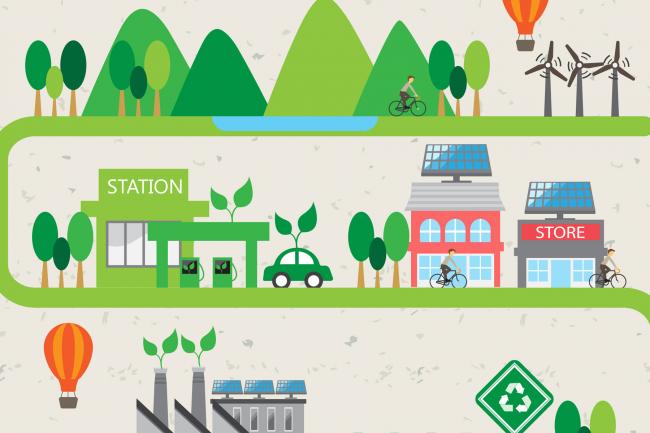PE: As an early-career researcher who has been working in the field or in the greenhouse, I had to learn bioinformatics from scratch.
During my first weeks with Jose’s group, we designed a workflow to analyse the raw sequencing data using different software and planning alternative paths, while I was becoming more familiar with programming and using different tools.
For this, the help of all the group members was very important! As we advanced in the pipeline, I also learned some of the genetics behind the mapping process, so, at the end of my research stay, I was able to try and tell which alternative and tool was more accurate to obtain better results.
LML: During my training, I had the opportunity to work with Panicum maximum. This Tropical grass is very important, because it is used as forage for cattle grazing and cutting, being known for their high nutritional quality for livestock systems.
In this project, we used previous phenotypic data collected by the tropical forages team at CIAT, as well as sequencing data and genomic information assembled by the De Vega group. With these data, we explored different ways to do association mapping in a diversity panel of P. maximum accessions.
The main result of this work was the identification of significant associations (QTL’s) related to biomass production, which is a very desired trait for breeding. However, we continue to obtain more interesting results.
I had the chance to learn from each member of the group, whose contribution was crucial to my learning process. In addition to their support in my own training, I was also able to learn from the work they have been doing in their own projects.
Thanks to the Earlham Institute’s Advanced Training programme, I had the opportunity to participate in different courses on data carpentry and acquire knowledge and tools about data analysis, using programming languages such as R and Python, the Unix Shell command interpreter, and database management.











